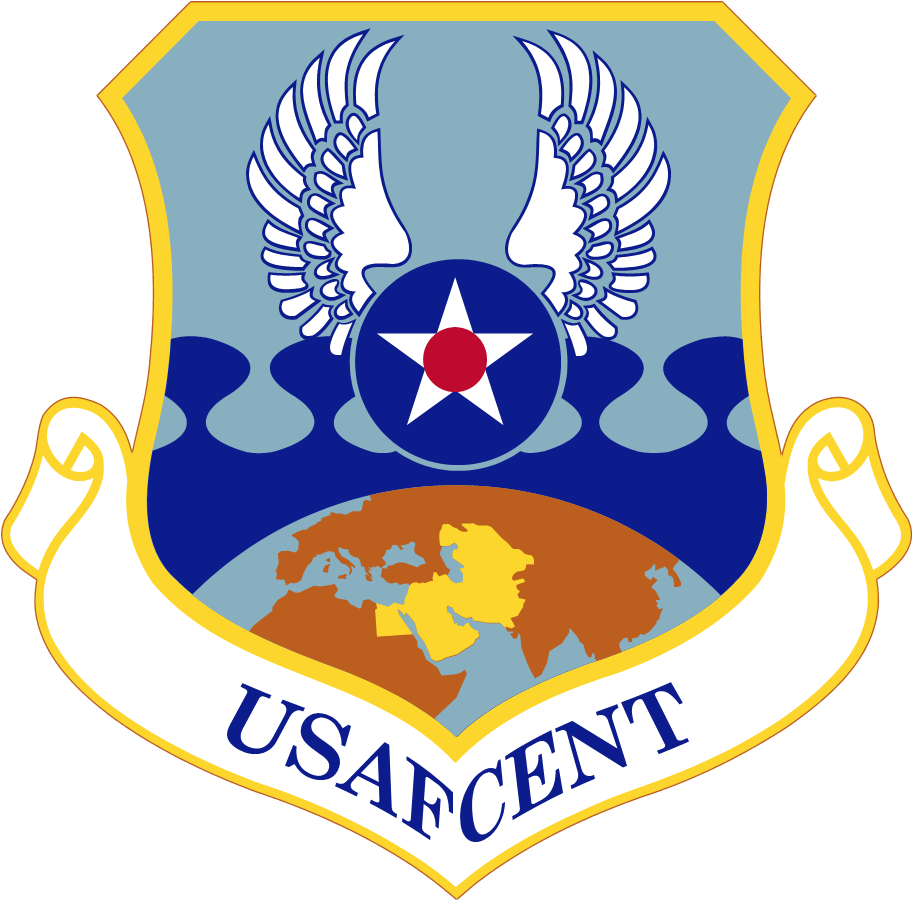Forcepoint Trusted Thin Client for Air Force Central Command
Categories
Description
Overview
The Air Force Central Command (AFCENT) is responsible for supporting all air operations conducted in Southwest Asia and providing enhanced capabilities to the warfighters. In 2009, the 350th Electronic Systems Group (ESG) engaged in a project to establish a new combined air and space operations center, or CAOC. Prior to the new facility, U.S. and coalition forces utilized a "temporary" warehouse-like facility for six years.
Challenge
The new CAOC had to provide more robust systems to accommodate users and improve interoperability. They also had to make the best possible use of physical space and reduce power consumption. Most importantly, the switch from the old facility to the new one had to be seamless so as not to interrupt mission operations. The CAOC was controlling air operations in two live theaters at transition time.
This project, from planning to implementation, was completed in less than two years. From the initial demonstrations and proof of concept in 2007 to receiving an Authority to Connect for Secret and Below Interoperability (SABI) in April 2009 to full-scale deployment in the summer of 2009, the project was efficiently and effectively executed. This desktop consolidation project presented other challenges for all parties because AFCENT’s mission requires 24x7 operations with 99.99 percent availability.
Solution
To accomplish this large-scale effort, AFCENT selected Forcepoint™ Trusted Thin Client™ as the multilevel security component and technologies from Citrix®, NetApp®, and Avocent® to round out the solution.
In order to recover needed work space, decrease power consumption, and modernize their computing environment and network infrastructure, AFCENT’s goal was to replace 95 percent of all desktop computers with thin clients. By implementing the Trusted Thin Client software, multiple desktop systems at each user’s workstation were replaced by a single Hewlett Packard™ (HP) thin client device. Users can now view multiple networks, even at different classification levels, from a single monitor.
Today, 1,648 Trusted Thin Client seats have been deployed. There are multiple Distribution Consoles on the back end to support users, load balancing, and failover. The Trusted Thin Client deployment began by providing network separation for four classified networks and is now providing secure access to six different networks. Over 120 Command and Control (C2) applications are supported with this implementation. The U.S. AOC has deployed 300 thin clients that provide access to five networks supporting C2 applications. Users at both locations can access all required networks within acceptable levels of network latency. This access also allows users to collaborate effectively with coalition forces working at differing security classifications.
Results
The benefits that the Trusted Thin Client solution provides are substantial. User productivity has increased because users no longer have to switch from multiple hardware systems to access the information necessary to perform their jobs. Workspace is not only less cluttered but there is more physical workspace available. Hardware and software administration is much more efficient because most of the computing power is now centralized on the back end, where it is easily accessed by administrators and IT staff. They no longer have to worry about maintaining numerous desktop systems. Power consumption, wiring, and air conditioning have also been greatly reduced. AFCENT’s network infrastructure and overall power consumption has decreased by 22 percent, significantly reducing the Air Force’s annual cost burden.
As an added benefit to equipment reduction and modernization of software and network infrastructure, user’s audio-video display capacity has been increased by 60 percent. This capacity increase allows for the use of multiple large monitors/displays per thin client device and the ability to view simultaneous live video feeds and access mission-critical applications that require large viewable areas.
Summary
The implementation of Forcepoint at the CAOC resulted in significant increases in the efficiency with which authorized personnel are able to access mission-critical information for analysis, operational capabilities, resources, readiness and sustainability. All of these areas are critical in AFCENT’s mission to control U.S. air operations in Southwest Asia as they fight the Global War on Terrorism. The 350th ESG believes that the CAOC establishes a standard for future command and control capability in other AOCs worldwide.1
The CAOC and the CAOC Annex, which is stateside, continue to add additional seats in support of a growing user base. In addition, the CAOC Annex has upgraded to the latest TTC software, allowing them to reap even greater efficiencies that will only increase as AFCENT continues to deploy TTC to the CAOC and the rest of their users.
(1) The Integrator U.S. Air Force, 15 October 2009, Vol. 5, No. 40
Details
Business tasks
Ensure Security and Business Continuity

